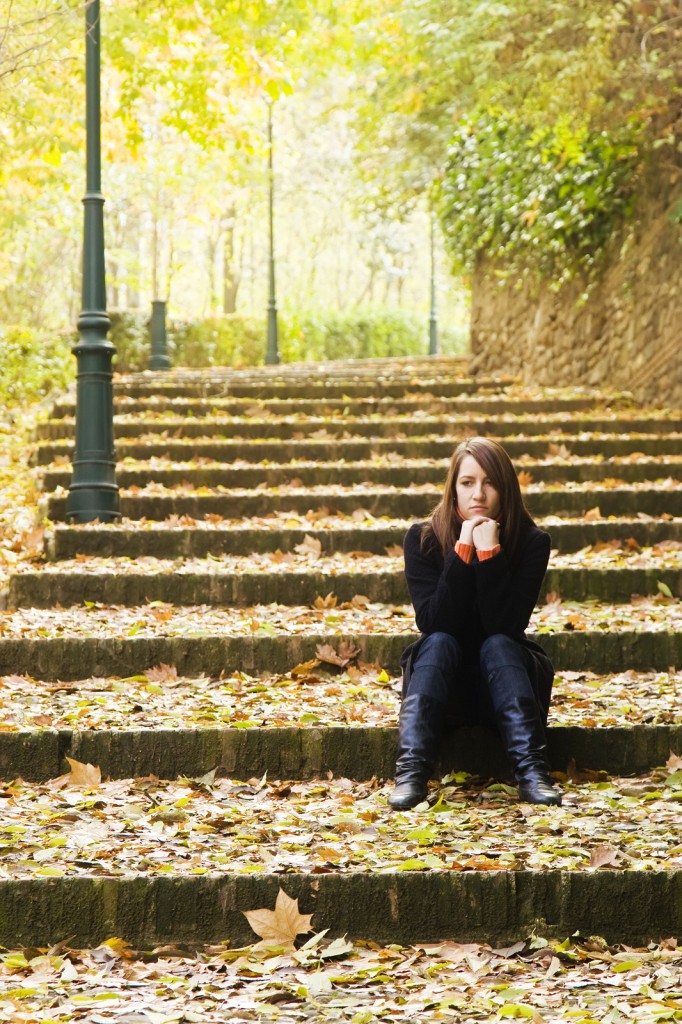
The leaves are changing colors and the days are shorter… Fall is here!
With the seasonal changes and holiday’s quickly approaching some may find it hard to stay and feel connected. Don’t brush off that yearly feeling as simply a case of the “winter blues” or a seasonal funk that you have to tough out on your own. Take steps to keep your mood and motivation steady throughout the year.
What is it?
Seasonal affective disorder, or SAD, is a depressive condition that most commonly occurs during the fall and winter months. (Though there are some instances of its occurrence during spring and summer, they are much less common.) The actual cause of SAD is unclear, but there is evidence that amount of sunlight plays a part.
What are the symptoms?
Symptoms of SAD are similar to those of other forms of depression, such as weight gain, increased sleep, irritability, loss of interest, trouble concentrating, etc.
Some of the biological aspects of SAD are thought to be disruption of the circadian rhythm (sleep cycle), a decrease in levels of serotonin, and an increase in levels of melatonin. All of these factors may keep the hypothalamus from functioning properly, which could lead to SAD.
How is it treated?
A common treatment for fall/winter-onset SAD is light therapy, or phototherapy. A special box that produces a bright light that mimics natural sunlight is placed a few feet away, either above or in front of the person. This is usually the option tried first for those with SAD, because it is often effective and has very few side effects.
Other options are psychotherapy and/or the use of second-generation antidepressants, most commonly those that modify serotonin levels (SSRIs) and are extended release.
If you seem to experience long periods of depressive symptoms during certain parts of the year (especially fall or winter), you should consult your doctor, as you may be experiencing SAD.
For more information, contact us at Aspire Hospital today.
